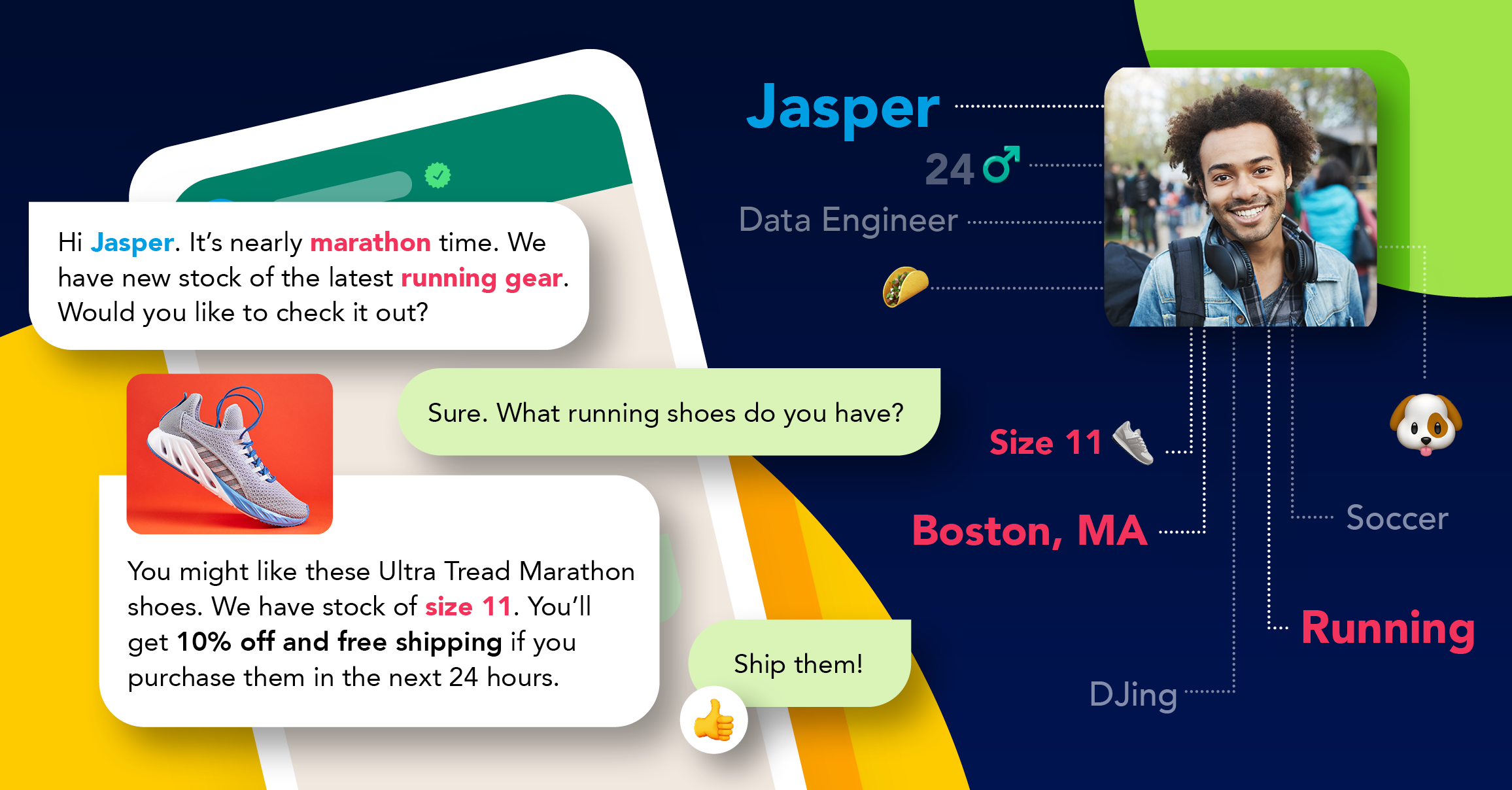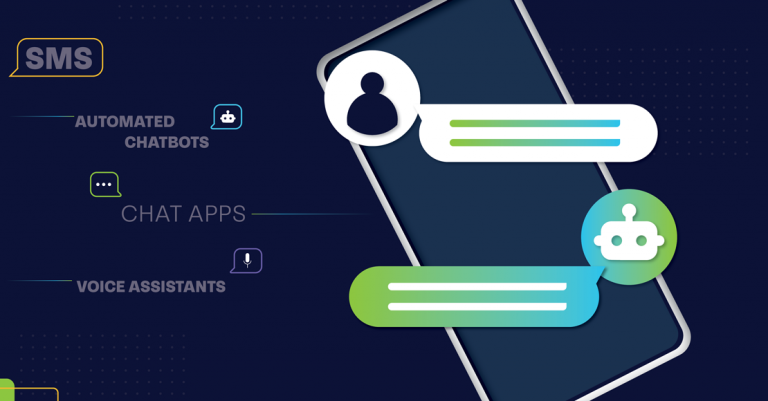
AI projects in the creatives industry
Artificial intelligence projects have seen a significant boom in popularity over the years in the tech sector, with other industries catching on and using this technological breakthrough for their needs too.
The creative industry, however, doesn’t exactly spring to mind immediately when we think of AI. But, thanks to new innovations like machine learning, chatbots, data-driven marketing and business intelligence, companies outside of the tech industry can also make use of artificial intelligence projects.
Creative industries, such as digital marketing, graphic design, and even the fashion industry are making use of AI in innovative and ground-breaking ways. Let’s take a look at a few.
Opening up the ideation phase
Clients and managers have, for years, only seen creative work as the fancy website or product delivered at the end of months of work: in a word, output rather than the creative process. However, with innovations such as Agile and Google’s Sprints, clients want to be more involved in the creative process, from start to finish.
This means that the ideation phase is finally being opened up to clients and to other departments in the company, all thanks to AI and unique artificial intelligence projects. Rather than each department and client agreeing on a project and then heading off into their own little corner to work on their section, this process now includes almost every stakeholder. Agile sprints allow creative teams to compress months of time into a single week.
AI as a creative assistant
One area that AI falls down in is high-value creative tasks, but this does not mean that it’s not a valuable asset to have in a creative team. AI can be used as a creative assistant, providing help by offering suggestions, locating assets, managing workflow, and performing mundane tasks.
Because artificial intelligence cannot create truly unique ideas on its own yet, it’s better served as a highly efficient assistant, gaining insight into our habits, personal style, working methods, and even our contextual relationships. After gaining these insights, AI can assist creatives with their processes, providing suggestions for marketing campaigns, website design, and social media posts. As a creative assistant, a chatbot is perfect since it provides real-time data for use in marketing, content creation, and even design campaigns.
Artificial intelligence projects are reshaping the talent
Artificial intelligence projects have become more aligned with automation, which is highly beneficial to the creative industry. This will not lead to the replacement of creatives, but will rather give rise to a new type of creative, one that has a different set of skills to what we traditionally expect from the industry.
Many digital marketing organizations hire a host of talented people, from developers to designers and client service professionals to copywriters. Previously, there was a focus on specialization, with each team being segmented resulting in more bureaucracy and less focus on outcomes. With the advent of AI, art directors and copywriters are able to work closely with web design and development teams, and AI has allowed developers to use these tools and bring their ideas to life through critical assessment.
Using generative design for unique ideas
Artificial Intelligence projects are becoming more nuanced, allowing creatives to utilize them in ways that have not been available before. One such example of this is generative design, a design process using AI and machine learning wherein designers, architects and engineers define their design problem by inputting parameters such as height, weight it must support, strength, and material options.
The AI used in the generative design programs quickly gives feedback, producing results that the designers or engineers may not have been able to think of themselves. With this innovative software, designers are no longer limited by their own imagination. Instead, they’re collaborating with technology to co-create better products with less time used and less money spent on drawn-out brainstorming processes.
Freeing up ‘busy-time’
In the creative industry, especially in the fields of digital marketing, graphic design, and even filmmaking, professionals often have to spend hours - or days - on tasks that take up valuable time that could be spent on the creative process itself.
This ‘busy-time’ can be freed up by using AI tools, allowing creatives to focus on the more important issues, such as building marketing strategies or creating a new script idea. Artificial intelligence can be used to help with the more mundane tasks, such as helping with editing film scenes or gathering data about consumers for marketing campaigns. The now-free busy-time can be properly utilized to form inspired ideas and for other creative processes.
What is the future of artificial intelligence in the creative industry?
AI in the creative industry might have people scared that their jobs will be taken over by robots, but, in reality, it’ll be more of a collaborative, assistive relationship.
It will help to deliver insightful opinions, assist in opening up the ideation phase and, with the innovation of generative design, can offer unique ideas to designers and engineers that may not have been possible previously. If you are in creative industry and want to harness the power of artificial intelligence and automation for your marketing strategies, read more about how businesses can benefit from artificial intelligence.
Explore other articles
Step into the future of business messaging.
SMS and two-way channels, automation, call center integration, payments - do it all with Clickatell's Chat Commerce platform.








